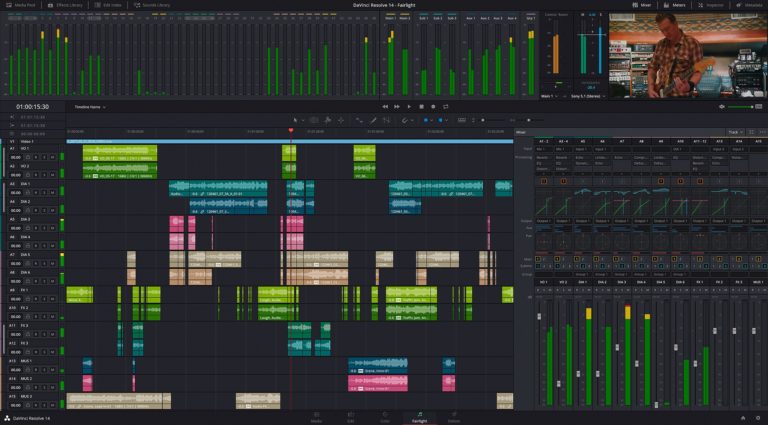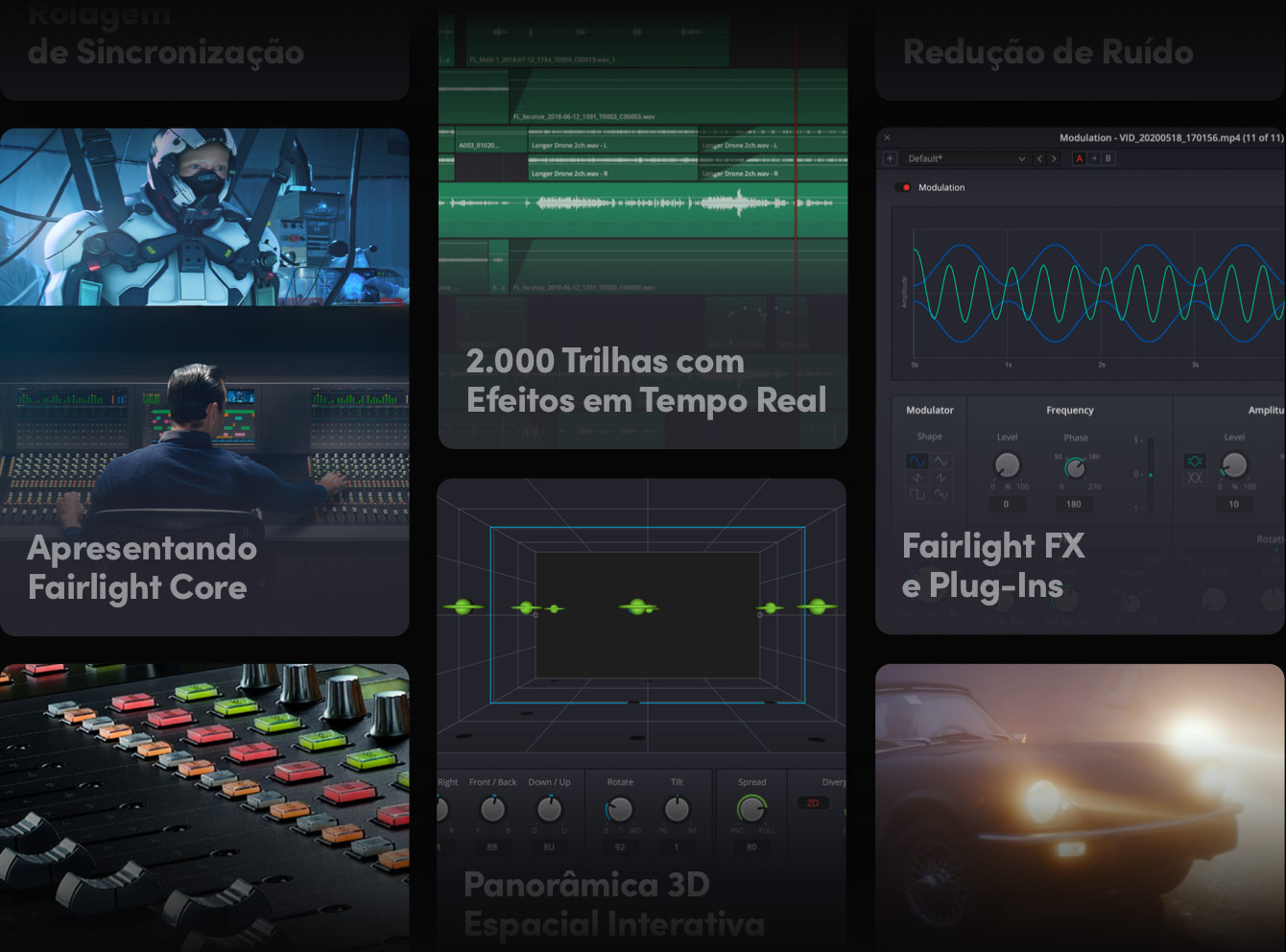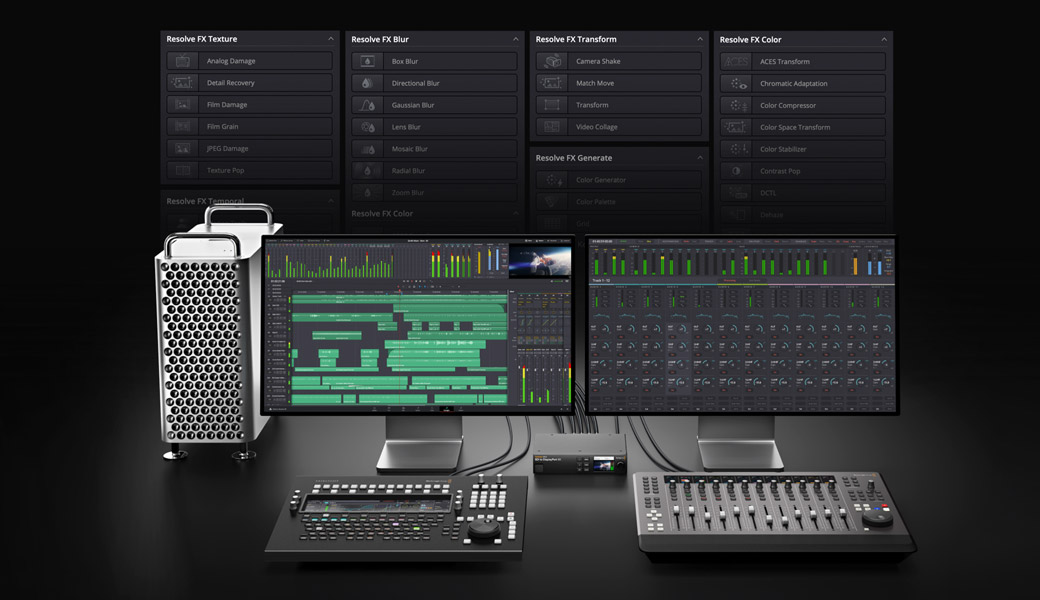

In other words, all the audio from multiple tracks wills be routed into the Bus. Simply put, a Bus is a point in a signal flow where multiple channels are routed into the same output. To the right, you can see ‘Bus’, ‘Control Room’ and ‘Loudness’ devices. This tool is very useful if your video has multiple audio tracks playing concurrently, as you will be able to track where the audio overlaps. Audio for different tracks is represented at the top of the screen in the horizontal channel list. For the most-part however, these channels are just treated as one track, and clicking on either one will select both of them.ĭragging the red playback arrow across the audio track, you will be able to hear snippets of sound at specific points in your timeline. In stereo files the audio will be split into an ‘Audio-L’ track and ‘Audio-R’ track, denoting separate left and right channels. Once you’ve navigated to Fairlight, you’ll see all the audio tracks in your timeline displayed at the bottom. Fairlight is DaVinci’s built-in DAW software, and is notable for its low-latency, which means that audio will remain clear and unbroken while you work with it. For audio-editing, we will be using the ‘Fairlight’ workspace, denoted by the musical notes symbol on the bottom task bar. So far, all the editing we have done has been in the ‘Cut’ workspace. Audio will appear in green, visual media in blue.Īs mentioned in the previous section of this series, DaVinci is divided into seven different workspaces, designed to aid you in different elements of your project. Simply drag the audio clip into the smaller timeline (shown). Once you have added audio to your media pool, placing it in your project timeline works in a similar way to adding visual media. In my case, I have an old song I’d like to use as a backing track for my showreel. Simply locate the audio you would like to use in your system folders, and drag them into DaVinci, as shown.


Step 1: Adding Audio to your ProjectĪdding audio to your media pool is done in the same way as adding visual media. We will cover how to import audio media to your project, how to monitor and edit volume levels, how to add audio effects to tracks, and how to make use of DaVinci’s free sound library. This article, the second in a series on post-production, introduces readers to DaVinci Resolve 17’s sound editing features.


 0 kommentar(er)
0 kommentar(er)
